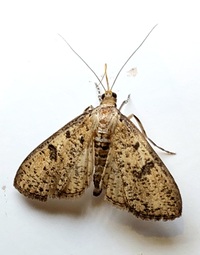
| Recorded by: Mark Basinger on 2025-07-25
Brunswick Co.
Comment: | 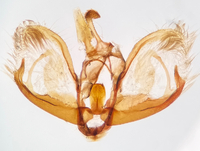
| Recorded by: Jim Petranka on 2025-03-30
Madison Co.
Comment: Male genitalia. |
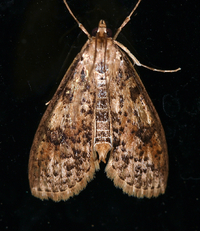
| Recorded by: Jim Petranka on 2025-03-30
Madison Co.
Comment: Specimen dissected (male). | 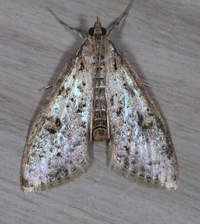
| Recorded by: Jim Petranka on 2025-03-29
Madison Co.
Comment: Specimen dissected. |
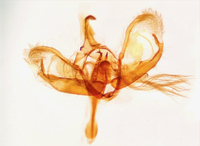
| Recorded by: Jim Petranka on 2025-03-29
Madison Co.
Comment: | 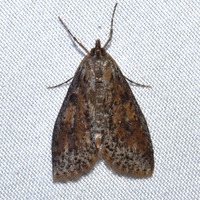
| Recorded by: David George, Jeff Niznik, Rich Teper on 2025-03-28
Chatham Co.
Comment: |
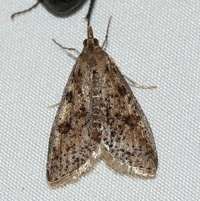
| Recorded by: David George, Jeff Niznik, Rich Teper on 2025-03-28
Chatham Co.
Comment: | 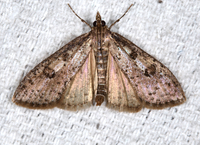
| Recorded by: Jim Petranka on 2025-03-27
Madison Co.
Comment: |
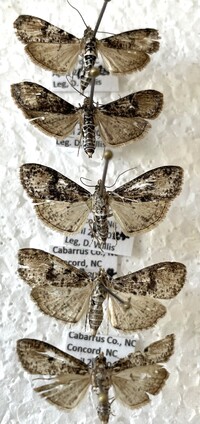
| Recorded by: Darryl Willis on 2024-04-21
Cabarrus Co.
Comment: | 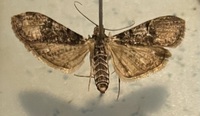
| Recorded by: Darryl Willis on 2024-04-21
Cabarrus Co.
Comment: |
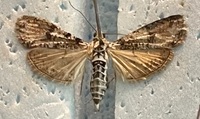
| Recorded by: Darryl Willis on 2024-04-20
Cabarrus Co.
Comment: | 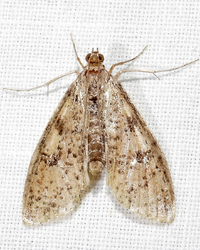
| Recorded by: tom ward on 2024-04-10
Buncombe Co.
Comment: |
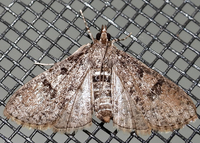
| Recorded by: tom ward on 2024-04-08
Buncombe Co.
Comment: | 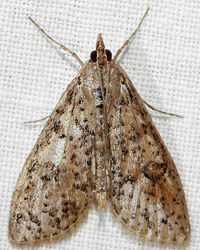
| Recorded by: tom ward on 2024-04-07
Buncombe Co.
Comment: |
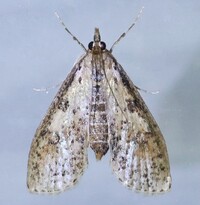
| Recorded by: Rob Van Epps on 2024-04-01
Mecklenburg Co.
Comment: | 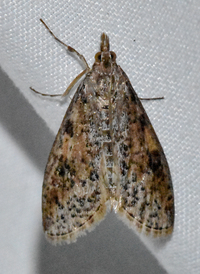
| Recorded by: Emily Stanley on 2024-03-26
Buncombe Co.
Comment: |
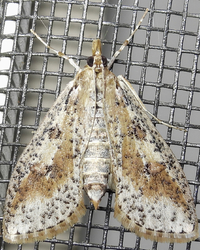
| Recorded by: tom ward on 2024-03-21
Buncombe Co.
Comment: | 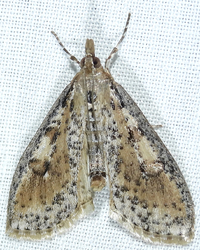
| Recorded by: tom ward on 2024-03-20
Buncombe Co.
Comment: |
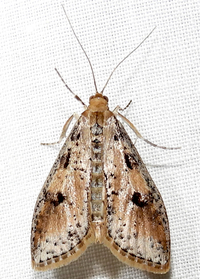
| Recorded by: tom ward on 2024-03-17
Buncombe Co.
Comment: | 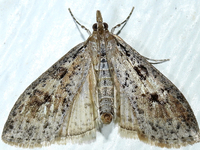
| Recorded by: tom ward on 2024-03-16
Buncombe Co.
Comment: |
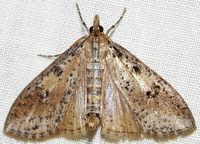
| Recorded by: tom ward on 2024-03-14
Buncombe Co.
Comment: | 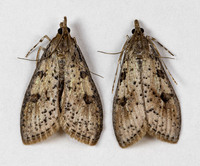
| Recorded by: Stephen Hall on 2024-03-07
Orange Co.
Comment: |
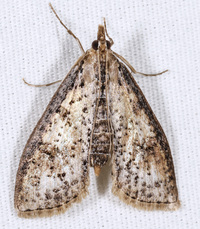
| Recorded by: John Petranka on 2023-03-16
Orange Co.
Comment: | 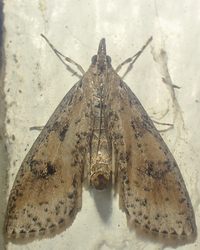
| Recorded by: tom ward on 2023-03-09
Buncombe Co.
Comment: |
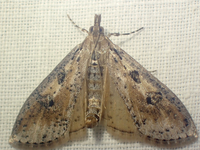
| Recorded by: tom ward on 2023-03-06
Buncombe Co.
Comment: | 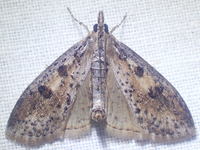
| Recorded by: tom ward on 2023-03-01
Buncombe Co.
Comment: |
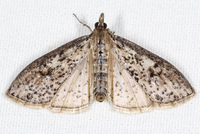
| Recorded by: John Petranka on 2023-02-28
Orange Co.
Comment: | 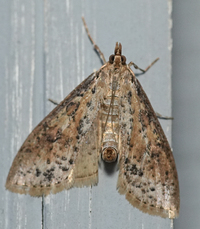
| Recorded by: chuck smith on 2023-02-22
Davidson Co.
Comment: |
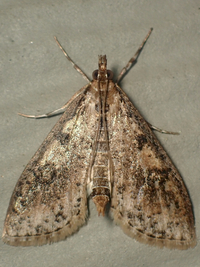
| Recorded by: tom ward on 2022-03-31
Buncombe Co.
Comment: | 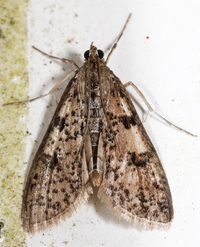
| Recorded by: John Petranka on 2022-03-26
Orange Co.
Comment: |
|

 »
»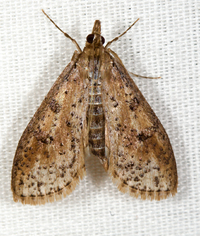
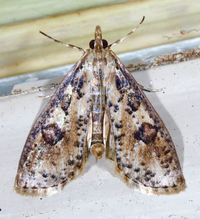
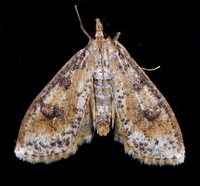


 »
»


